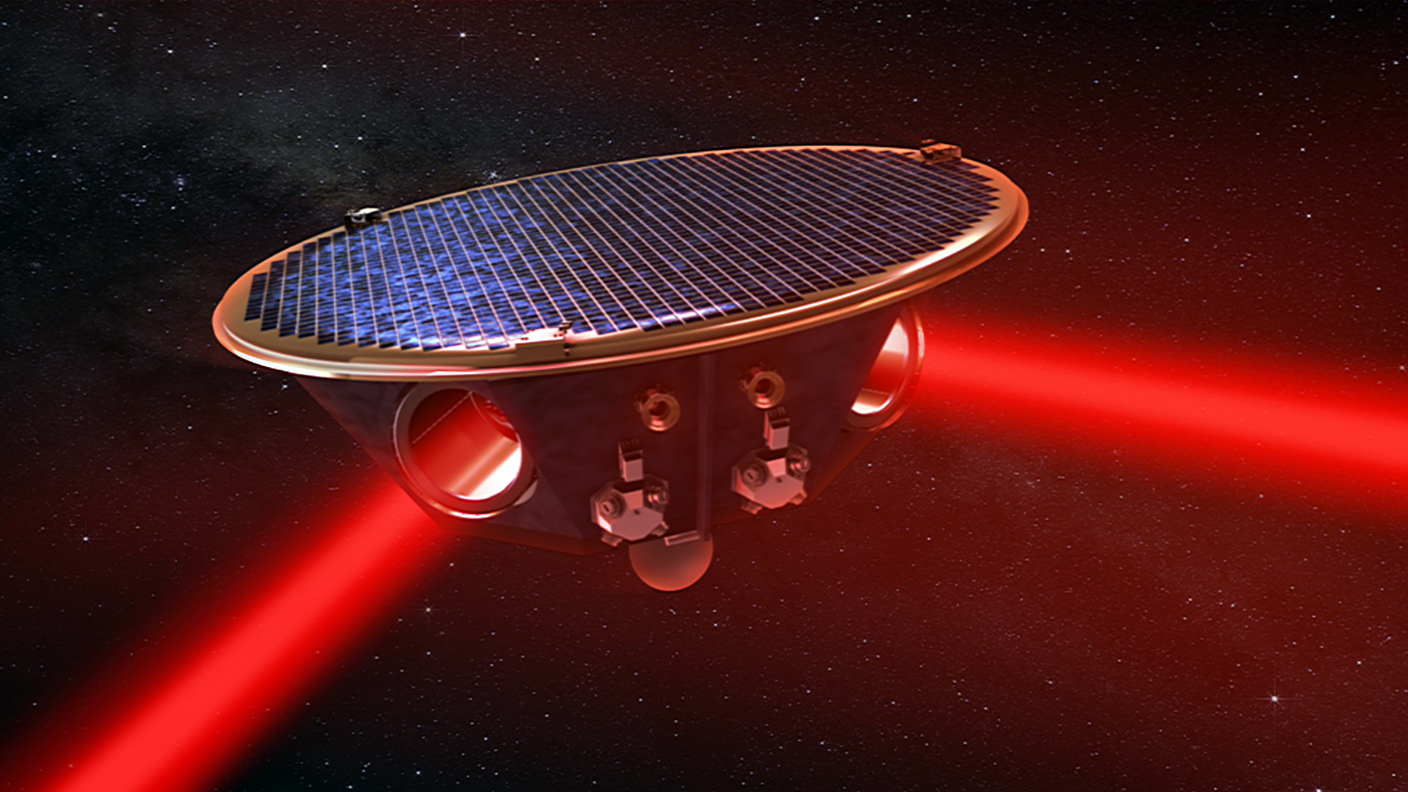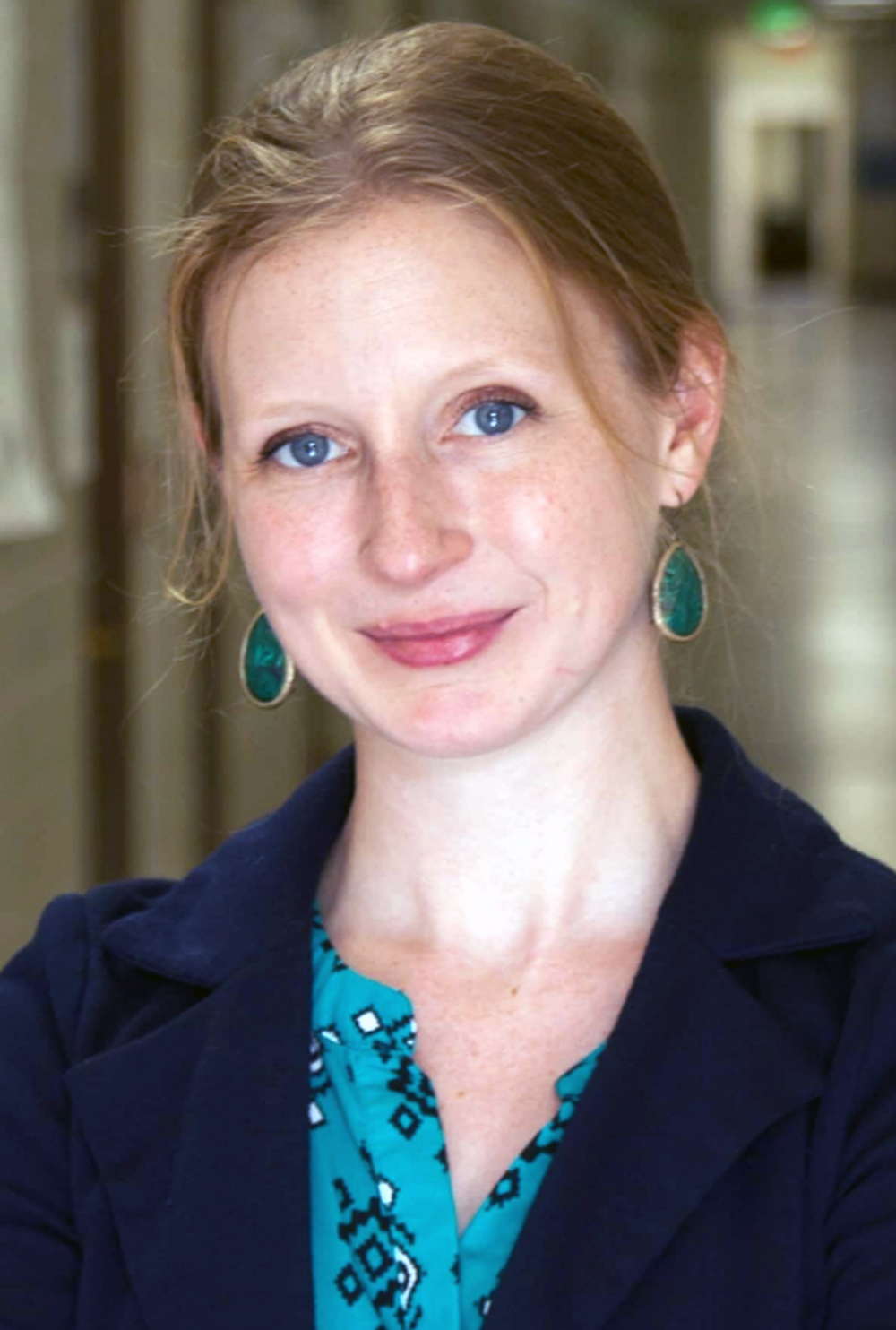
Dr. Krista Lynne Smith, an associate professor in the Department of Physics and Astronomy at Texas A&M University, has been selected by the National Aeronautics and Space Administration (NASA) Astrophysics Division to serve on the joint European Space Agency (ESA)-NASA Science Team for the Laser Interferometer Space Antenna (LISA) mission, which is set to begin searching for gravitational wave signatures in space within the next decade.
Smith, an observational astrophysicist who studies supermassive black holes, is one of six U.S. scientists announced June 24 as members of the LISA Science Team tasked with providing scientific stewardship for the mission while also serving as ambassadors between the agencies and the scientific community.
According to NASA, Smith and her fellow US representatives will join 11 European scientists selected by ESA through an open call along with two interdisciplinary scientists and a representative from the LISA Consortium to the LISA Science Team. The team will be co-chaired by the ESA and NASA LISA Project Scientists. The full membership of the team will be announced by ESA later this summer.
The LISA mission was recently adopted into ESA’s flight program and is targeted for launch in 2035. The ambitious space-based gravitational wave observatory will detect gravitational waves in space using lasers fired between three spacecraft, separated by more than a million miles and flying in a triangular formation, to measure how gravitational waves alter their relative distances. During its 4.5 year nominal mission, LISA will observe gravitational waves in the millihertz band as generated by compact binary systems, merging supermassive black holes and other exotic phenomena.

Smith joined the Texas A&M faculty in fall 2023 and is a member of the George P. and Cynthia Woods Mitchell Institute for Fundamental Physics and Astronomy. She earned her Ph.D. in astronomy in 2017 at the University of Maryland as a NASA Earth and Space Sciences Fellow, then completed a three-year Einstein Postdoctoral Fellowship at Stanford University’s Kavli Institute for Particle Astrophysics and Cosmology prior to beginning her independent academic career as an assistant professor of physics at Southern Methodist University in 2020.
Born and raised in the suburbs of Dallas, Smith first became interested in the confluence of extreme physics across all wavebands in the central regions of active galaxies as an undergraduate student at the University of Texas at Austin, where she made her first major foray into optical spectroscopy and database analysis working with the huge active galactic nuclei (AGN) sample in the Sloan Digital Sky Survey. Her current research focuses on the behavior of energy and matter around supermassive black holes, time domain observations of black hole accretion disks and jets, the search for binary AGN and the effect of AGN on their host galaxies.
Smith uses a variety of ground- and space-based instruments for her research, including the Neutron star Interior Composition Explorer (NICER), the Swift X-ray Telescope, the Transiting Exoplanet Survey Satellite (TESS), the Very Large Telescope-Multi Unit Spectroscopic Explorer (VLT-MUSE), the Fermi Gamma-ray Space Telescope and the Very Large Array (VLA) radio observatory. To date, she has received a number of grants and has authored more than 30 scientific papers in peer-reviewed journals while also delivering dozens of invited talks, including several plenary presentations. She is also active in STEM mentorship and educational outreach.
Learn more about Smith and her teaching, research and service activities or the LISA mission.
